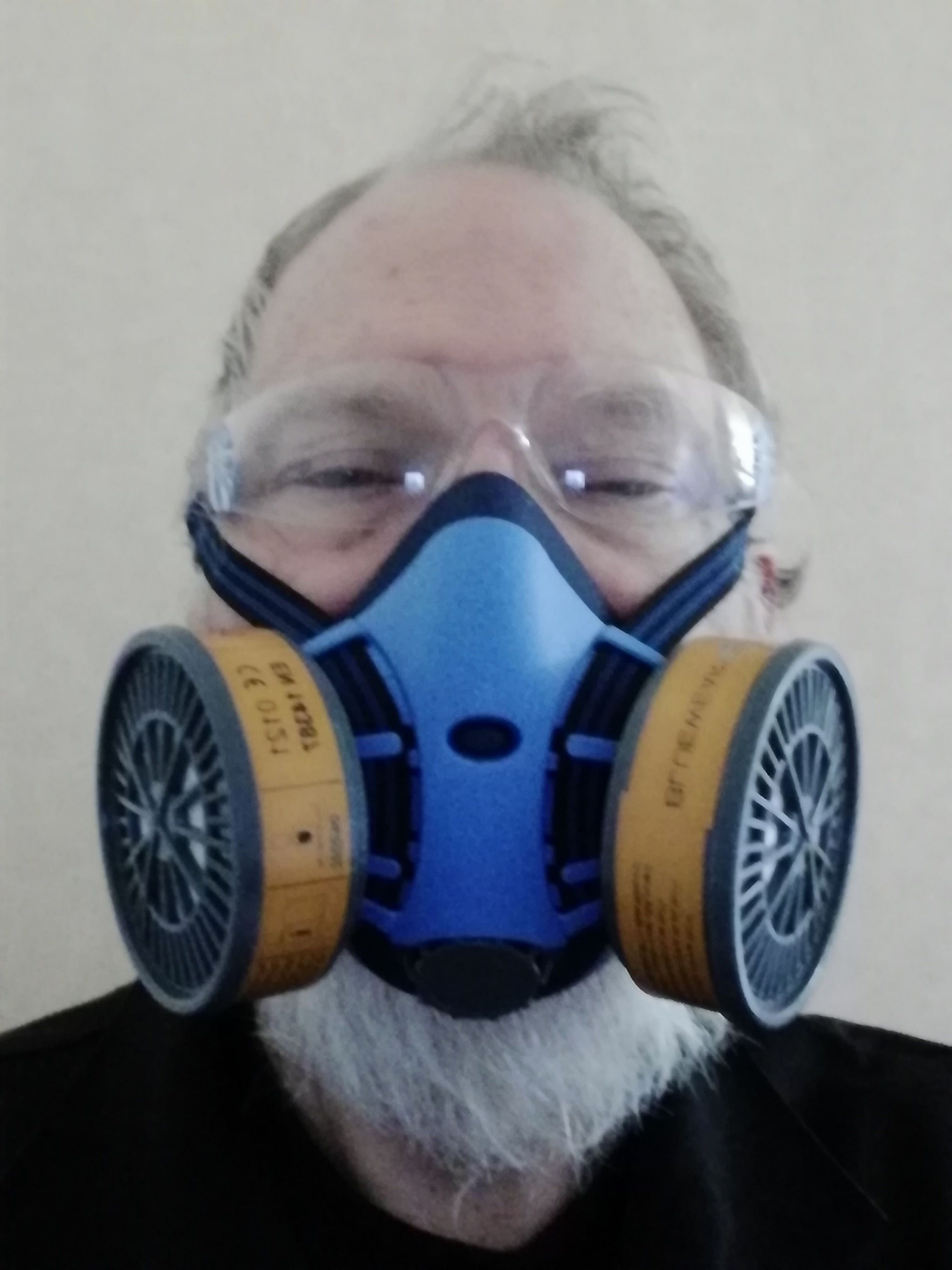Breathing. It’s a task Ethan & Ethel do all the time, to stay alive. Unfortunately, there are environments that make this breathing uncomfortable, even damaging, sometimes deadly. This post is going to look at how a woodworking workshop can be constructed to ensure that most sawdust is collected, and the air is filtered so it is fit to breathe.
Sawdust
There are three levels of sawdust collection that can be used: 0) broom and dustpan or shovel; 1) shop vacuum; 2) detached, ducted extraction system.
Level 0: Just cleaning up after yourself with a broom, may make a workshop look clean, but it will not provide a healthy environment. This is an unacceptable level of dust collection.
Level 1: The minimum acceptable level of dust collection involves the use of a shop vacuum attached directly to a tool being used.
A shop vacuum can be developed into a dust system by including a hose reel and a separator. A hose reel will hold 10 meters of 50 mm diameter hose, with a crank and tension adjustment. Due to the length of the hose on the reel, considerable power (e.g. 3 kW or more) may be required to power the vacuum.
A hose reel encourages use of a dust separator that can be permanently positioned in a fixed location. A dust separator captures sawdust, wood chips, and other debris before it enters the vacuum. Most separators contain cyclones that disrupt air flow, causing most wood dust particles and other materials that are heavier than air to separate out. They do not enter the vacuum. This vortex effect adds life to vacuum filters and prevents the loss of suction caused by a clogging.
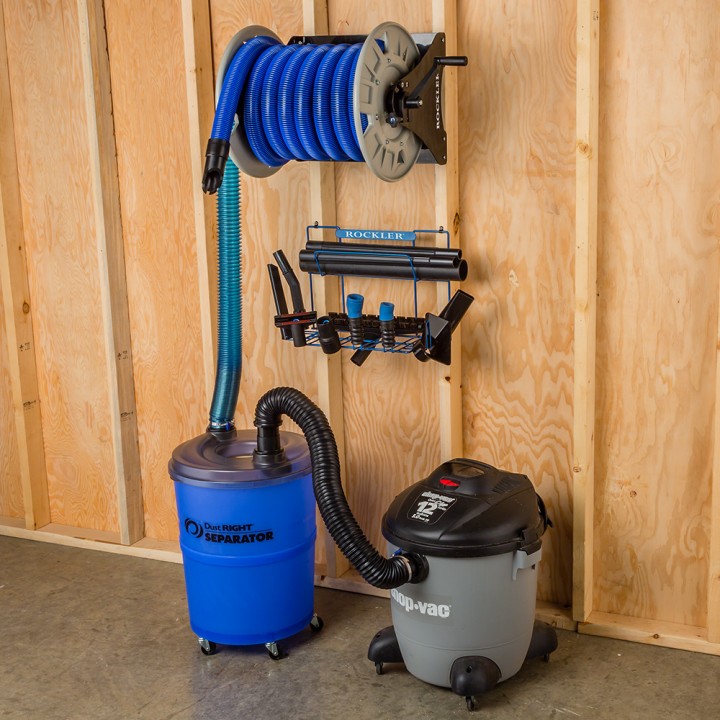
Level 2: detached, ducted collection system
The Annex is a shed that was added onto the original garage that has become the Unit One workshop. If you enter the annex today, you will find that it contains the gardener’s former workbench and stacks of firewood. Soon, the Annex will be re-purposed, and many of the dirtiest, noisiest and smelliest activities will be confined to this area. This does not mean that the rest of the workshop will be clean, quiet and fresh smelling.
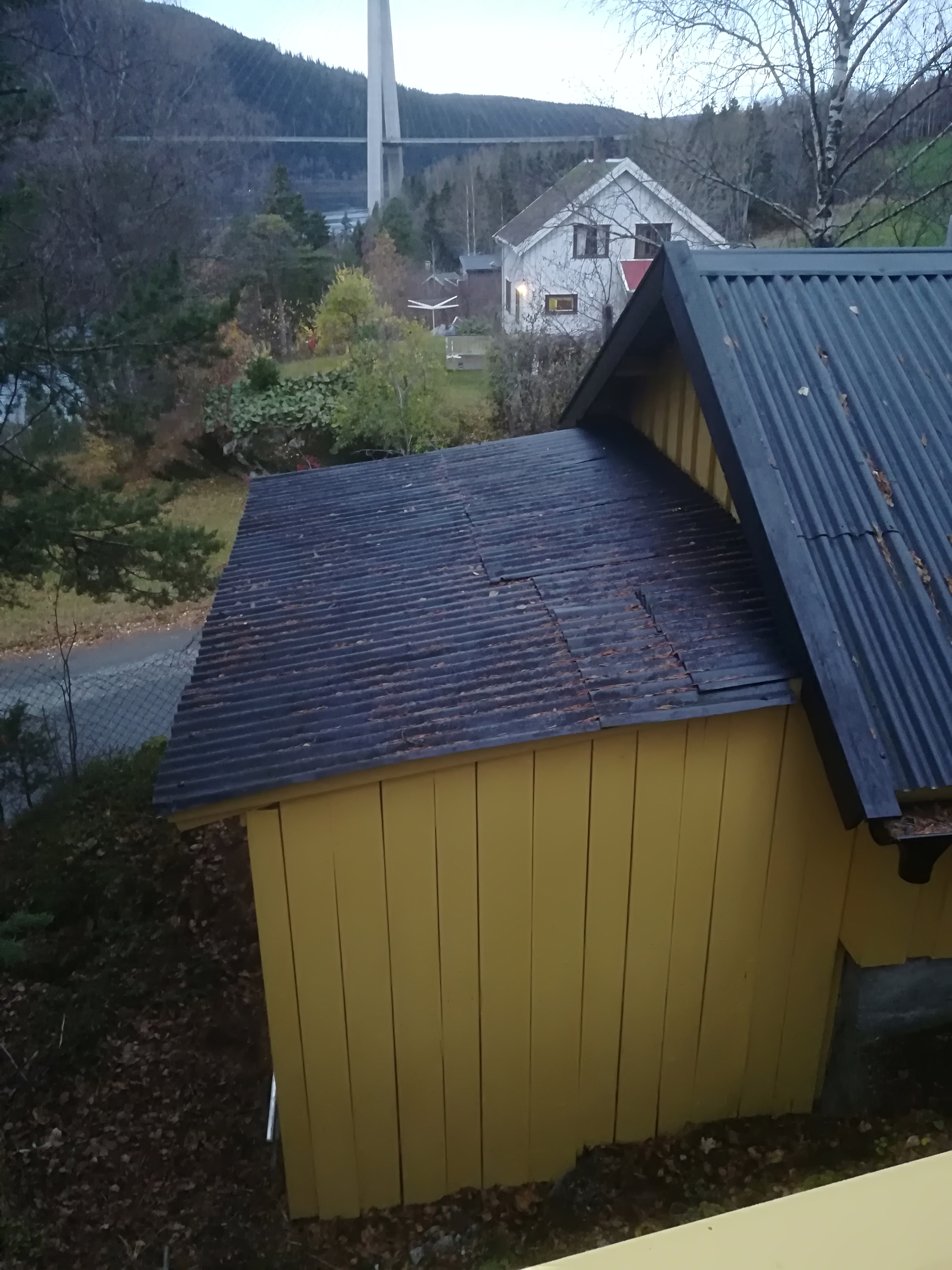
The equipment used in a level 2 ducted system is very similar to that used with level 1 equipment. There is a vacuum and a separator. 100 mm flexible tubing or metal ducting connects the machines. Both have advantages and disadvantages. While flexible tubing is preferred for attachment to a machine, in other places a more solid, metal duct is preferred. Transparent material allows one to see blockages if they occur. Metal duct prevents the build-up of static electricity, which could result in a fire.
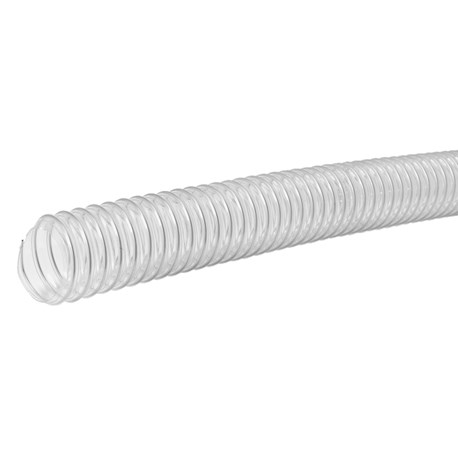
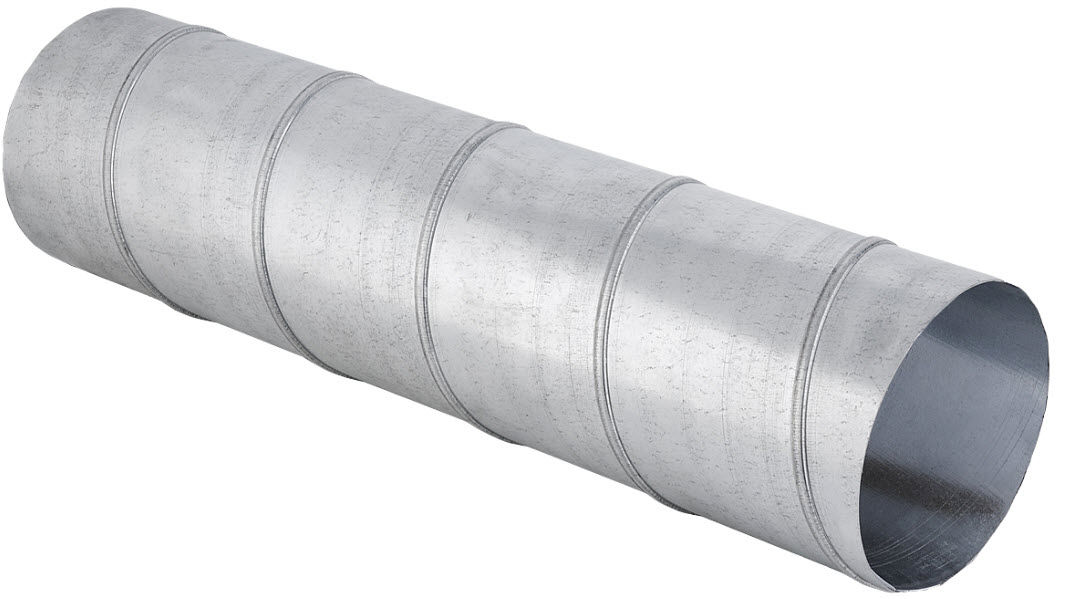
A smooth transition is needed where hoses, tubes and ducts meet. Y connectors are often used for this purpose.
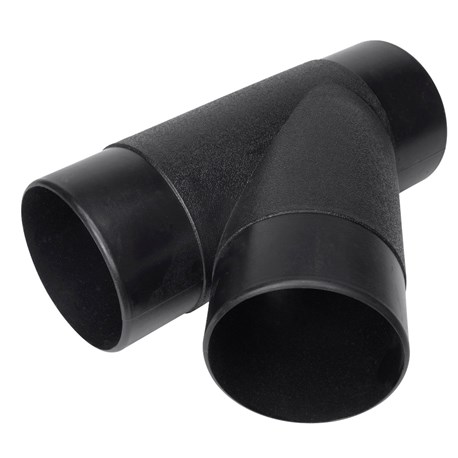
Most of the time in a small workshop, only one machine can be used at a time. Each machine is attached to the dust collection system, but blast gates are used to close the dust collector so that inactive machines do not result in air being sucked through the system. Only a active machine has its blast gate open. This saves a lot of energy, allowing a much smaller sized vacuum to be used. At Unit One, the vacuum uses 1100 W.
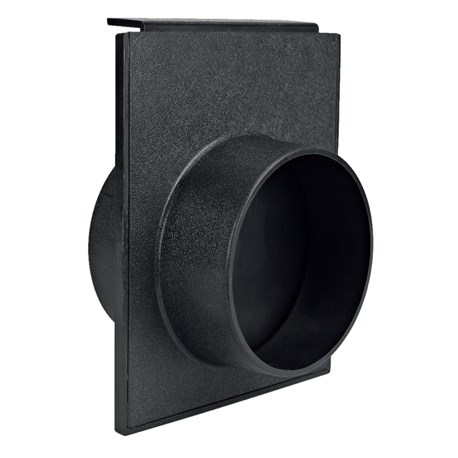
Cleaning floors, and other horizontal surfaces, in a workshop is a necessary part of work. While some people use vacuums for this, others uses brooms and brushes of various types. The collected dust can be swept into a dust port.
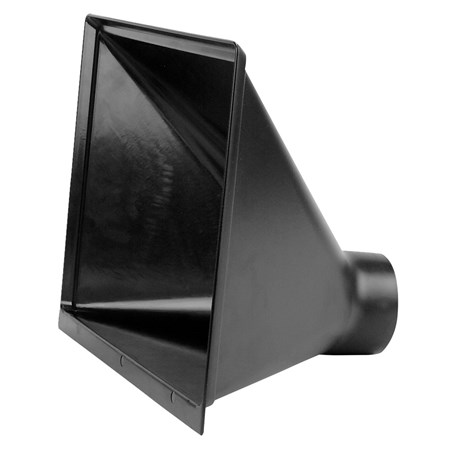
Lots of other pieces of equipment are needed, including bends and clamps, to make a level 2 dust collector. Interestingly, 6 meters of duct costs more than the vacuum I am using.
Dust collection can be automated, and this subject will be revisited in terms of using an Intelligent Workshop Assistant.
Air Cleaner
While dust collection is important, it doesn’t eliminate all dust from the air. This requires the use of an air cleaner. Two projects by Canadian woodworkers, are especially inspiring.
Matthias Wandell: http://woodgears.ca/dust/cleaner.html
John Heisz: http://www.ibuildit.ca/Workshop%20Projects/shop-air-cleaner-1.html
Respirators
Part of the Annex is slated to become a spray booth, to be used for the painting of wooden, metal and other objects.
A spray booth is a closed environment controlling air flow, pressure, temperature, air flow and humidity. The area is ventilated using electric fans, and heated with electric heaters to speed paint drying. Toxic solvents and paint particles are exhausted outside after filtering to reduce air pollution.
When possible, HPLV (high pressure, low volume) equipment is used. This is similar to a conventional spray gun using a compressor to supply the air, but the spray gun works at lower pressure (LP), while a higher volume (HV) of air is used to aerosolise and propel the paint. A turbine using a vacuum cleaner derived motor propels the air. This results in more paint reaching the target surface, reduces overspray, material consumption and air pollution. The system offers three advantages: reduced paint waste, short drying times, and precise and efficient spraying that reduces paint preparation and (often) the need for masking.
Despite the equipment built into the workshop, there is a need for respirators. At Unit One most painting involves only a few minutes of work, so the level of protection is less than that used in environments where people paint for longer periods of the day.
WorkSafe BC provides a free 136 page pdf book, Breathe Safer – How to use Respirators Safely and Start a Respirator Program. It can be downloaded using this link: https://www.worksafebc.com/en/resources/health-safety/books-guides/breathe-safer-how-to-use-respirators-safely-and-start-a-respirator-program
